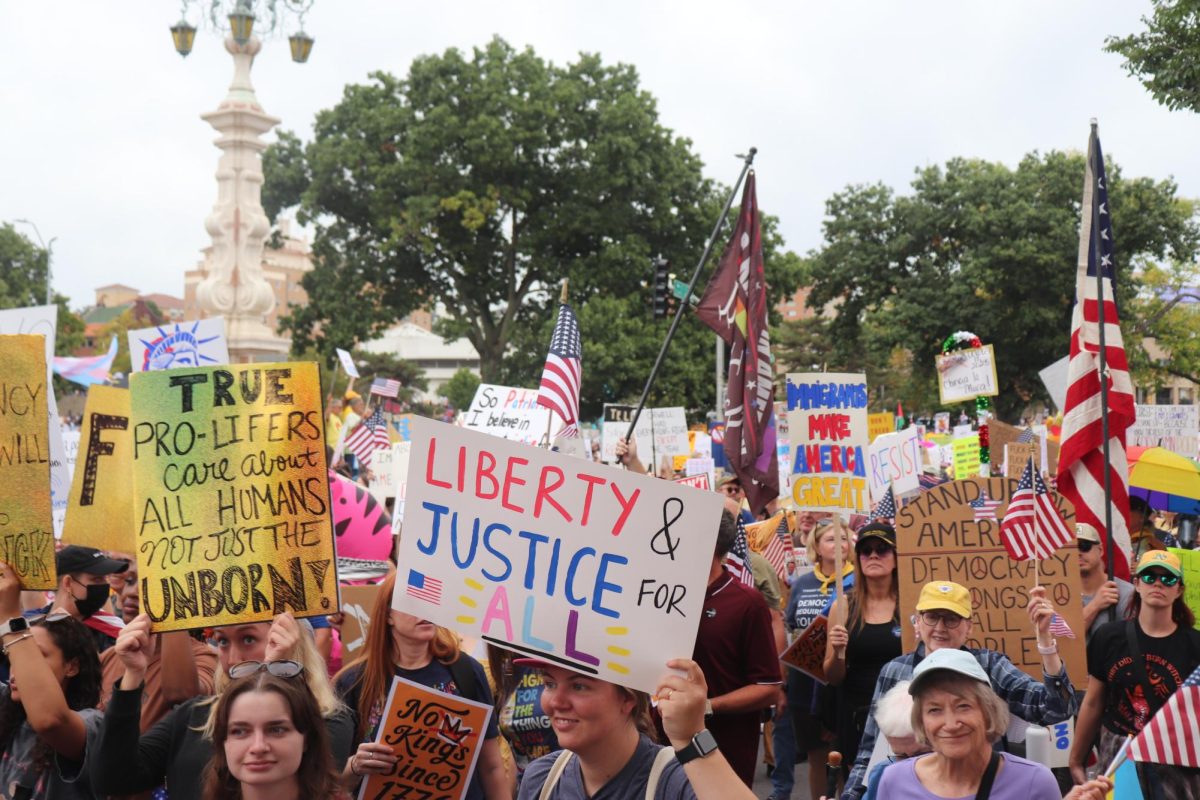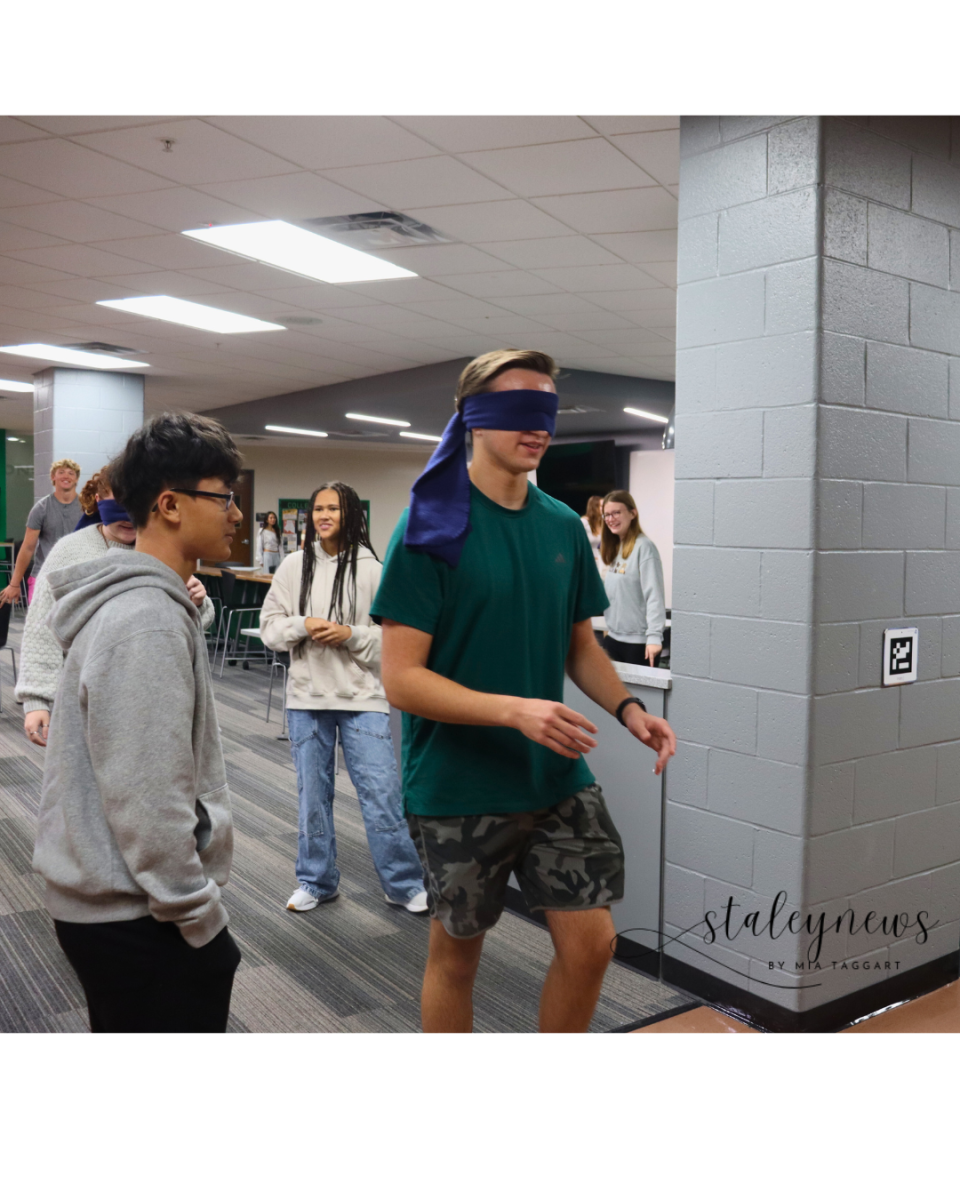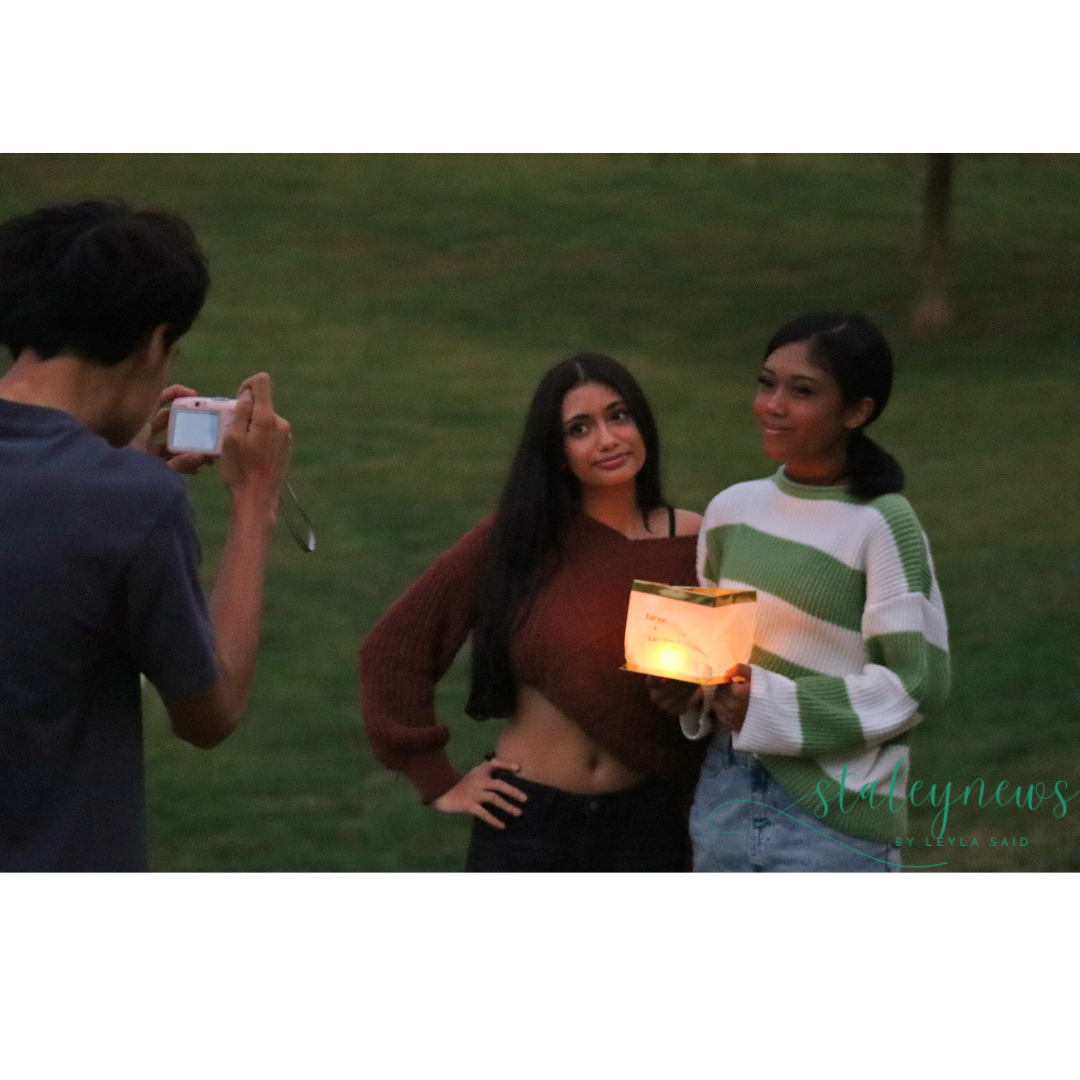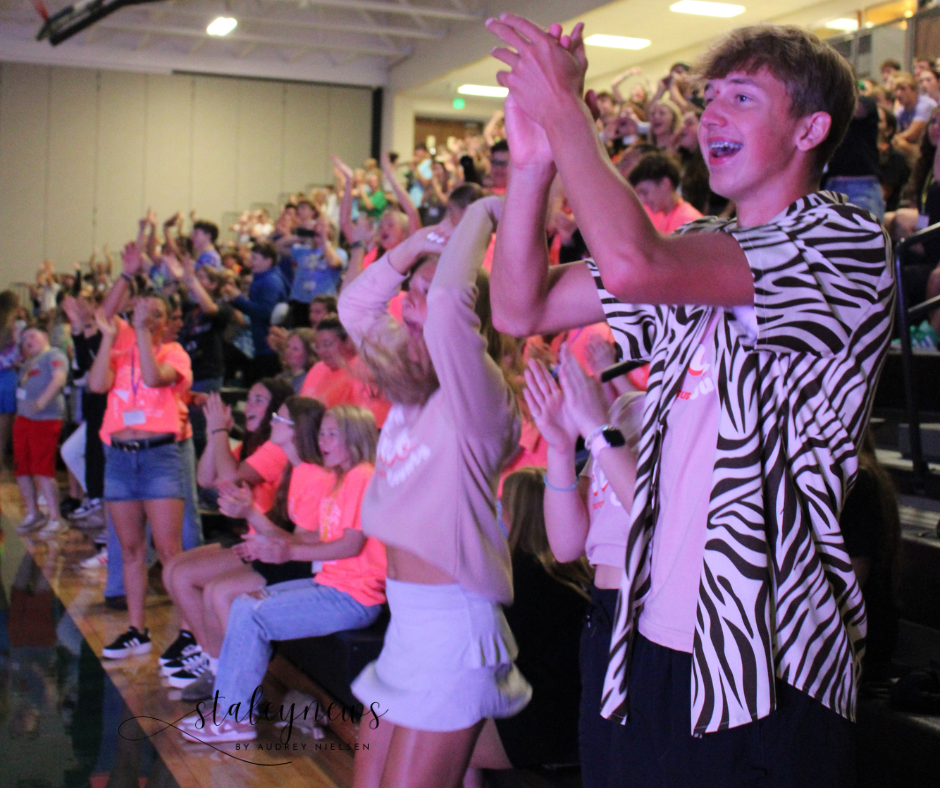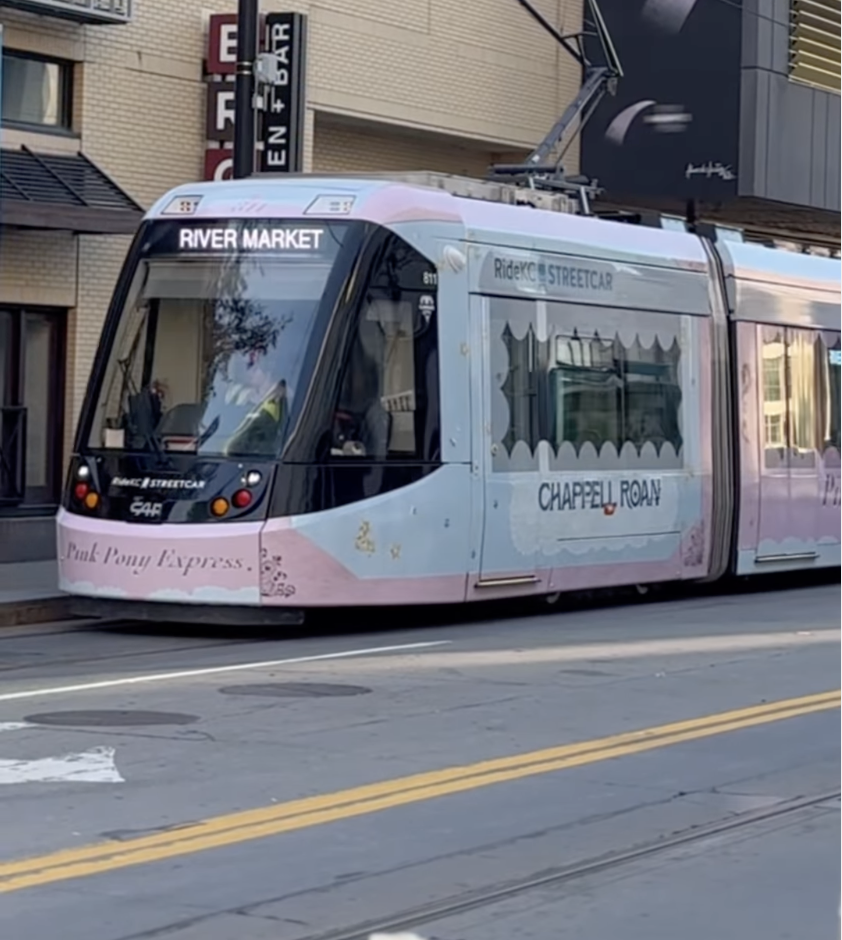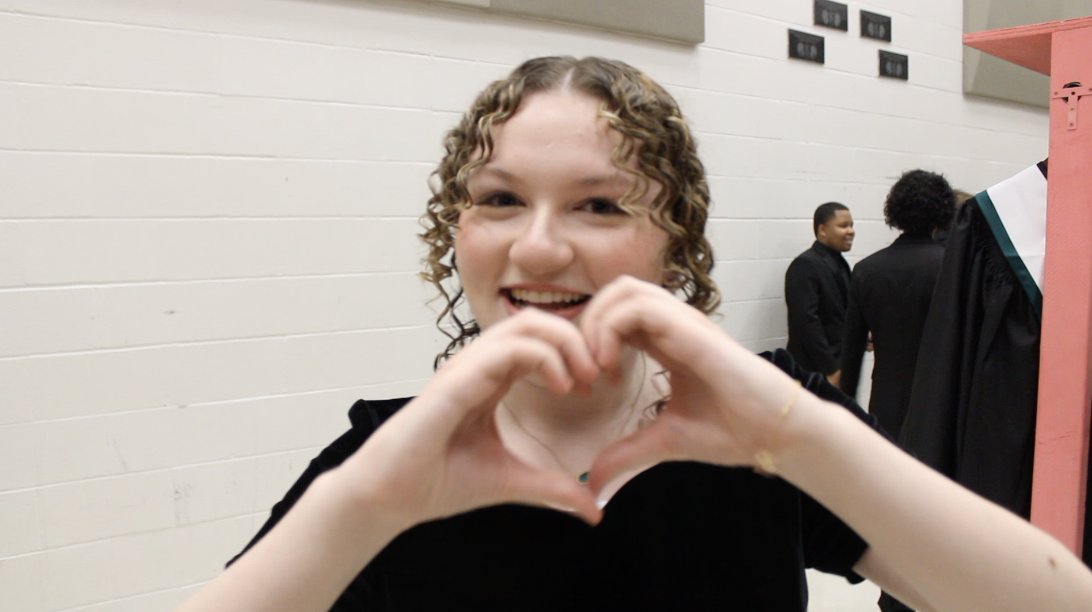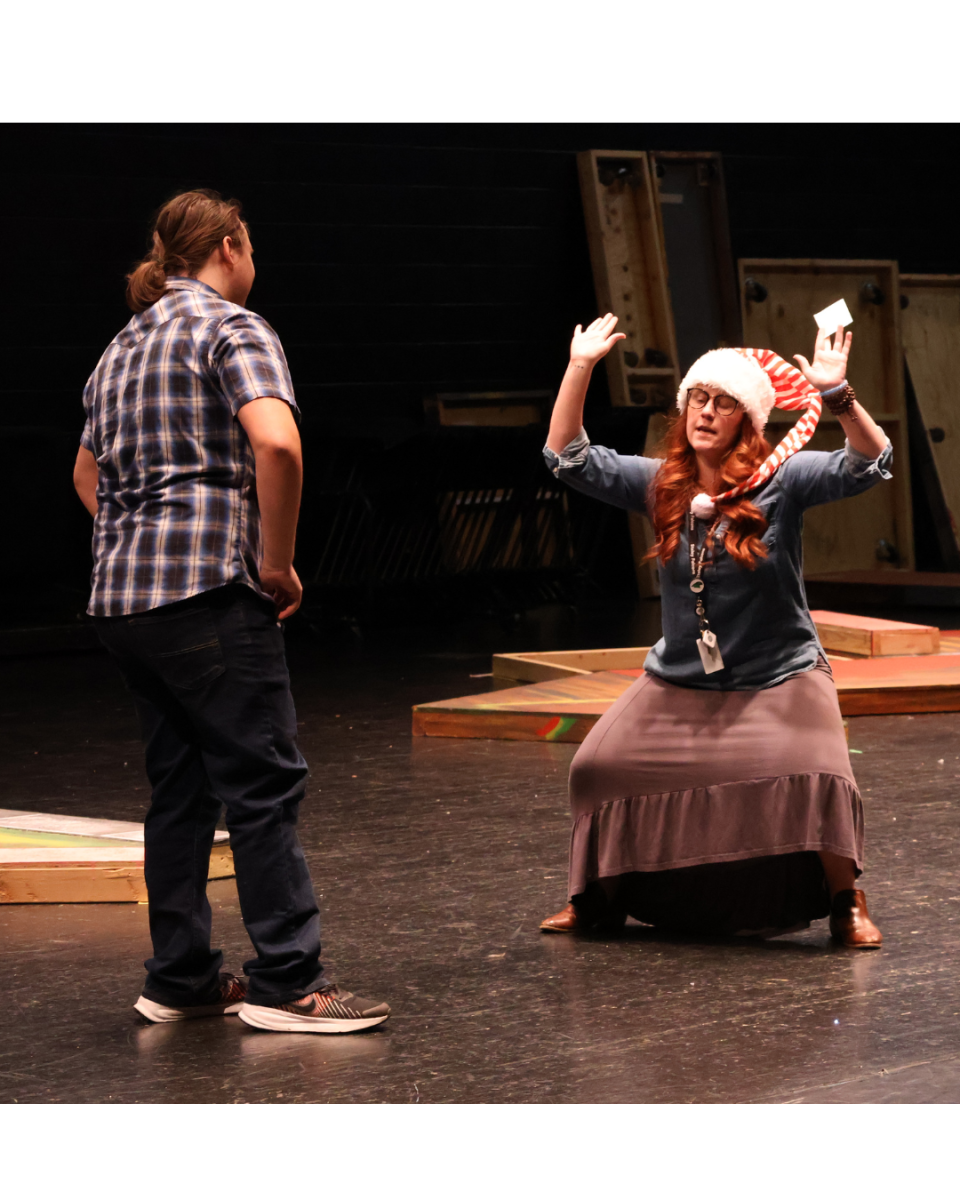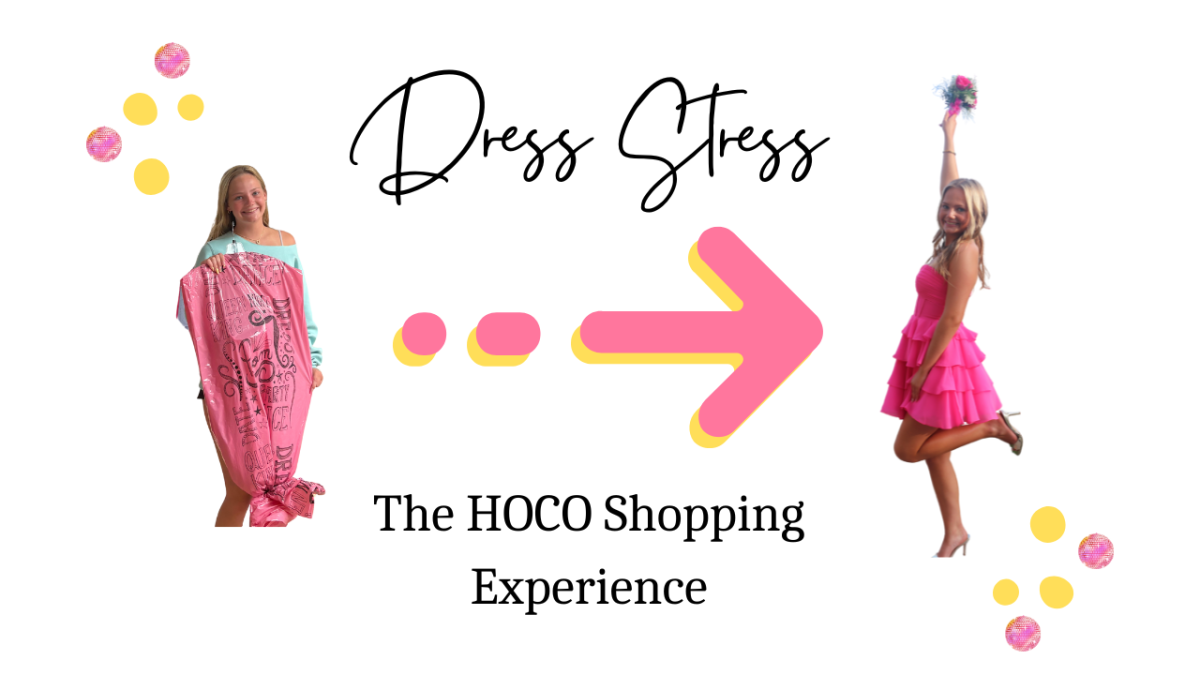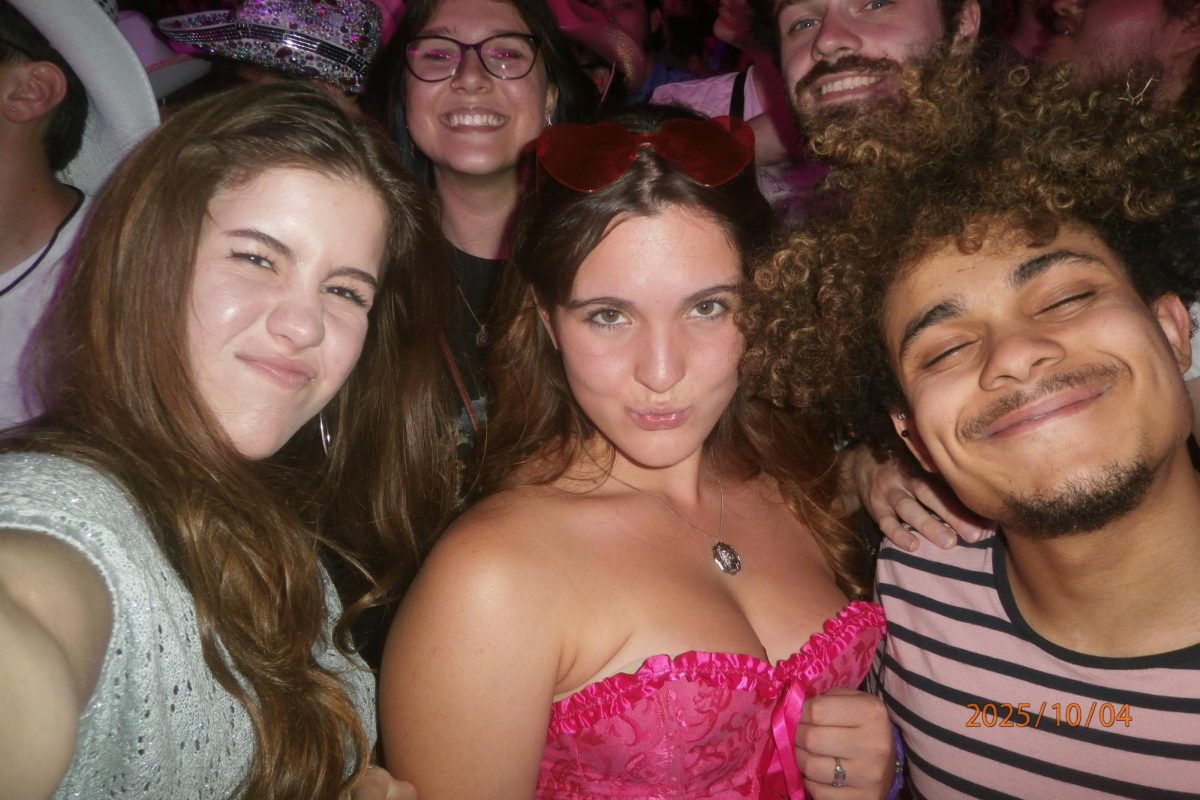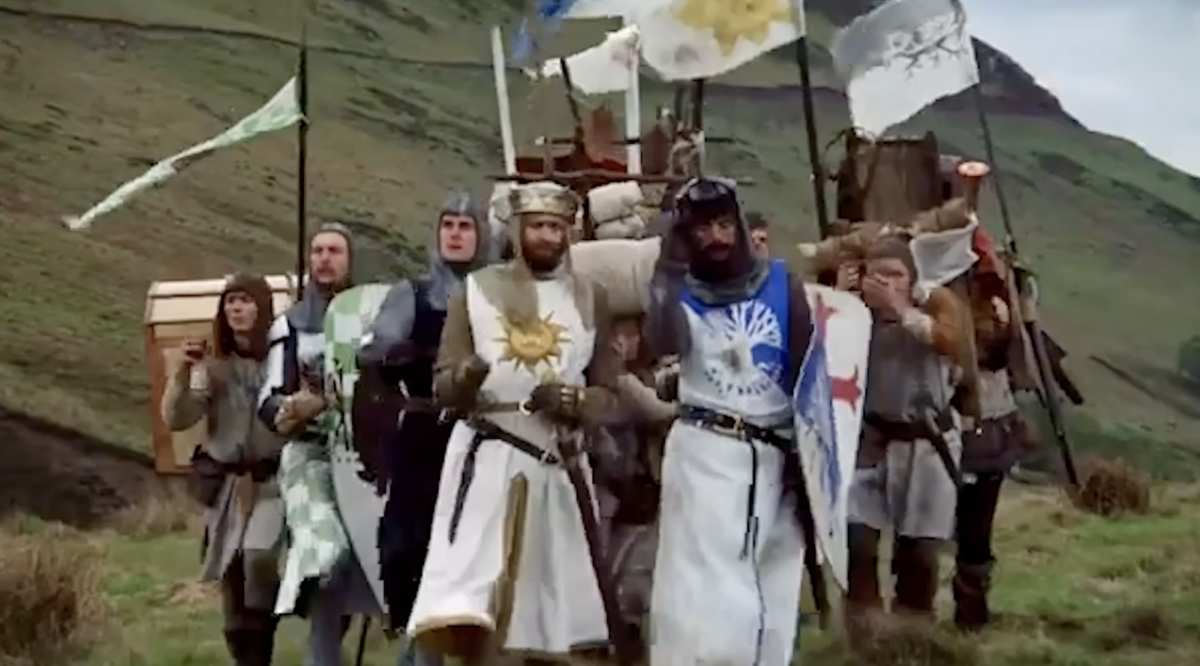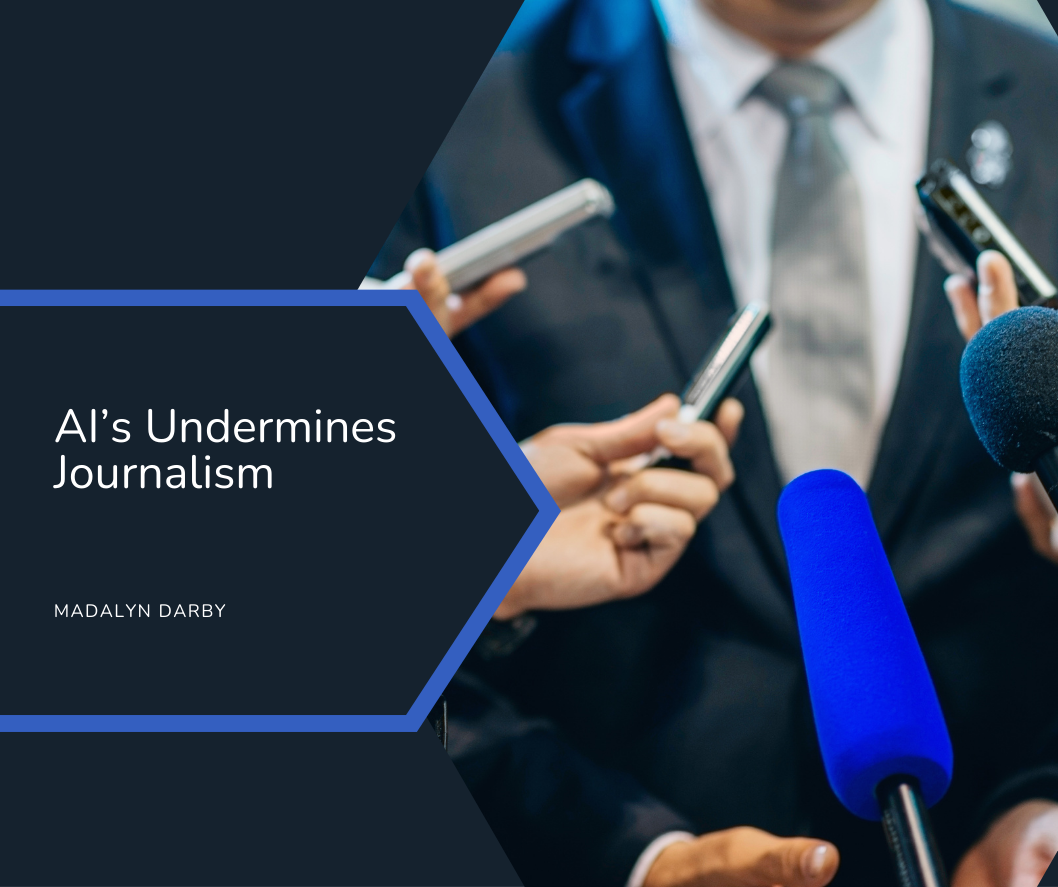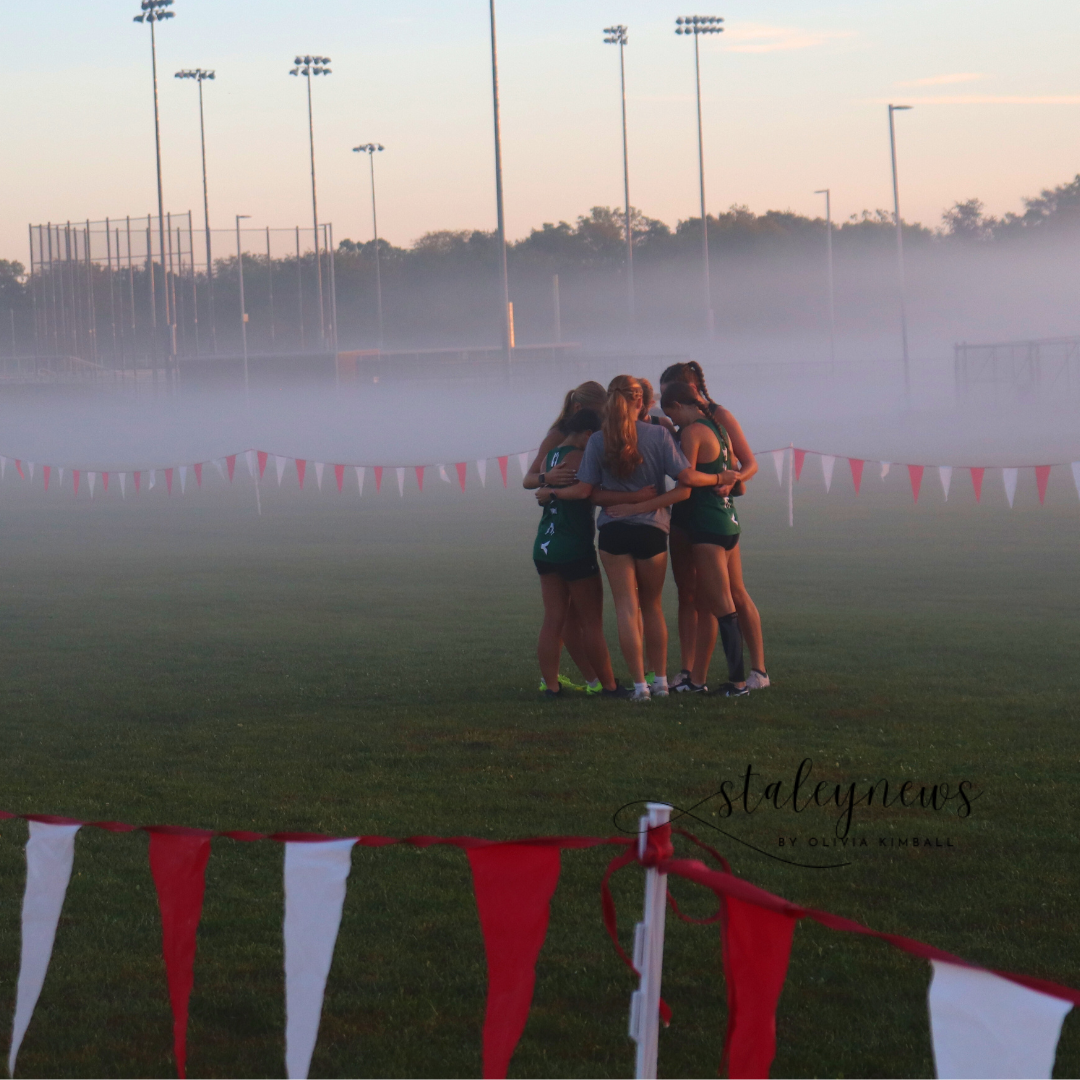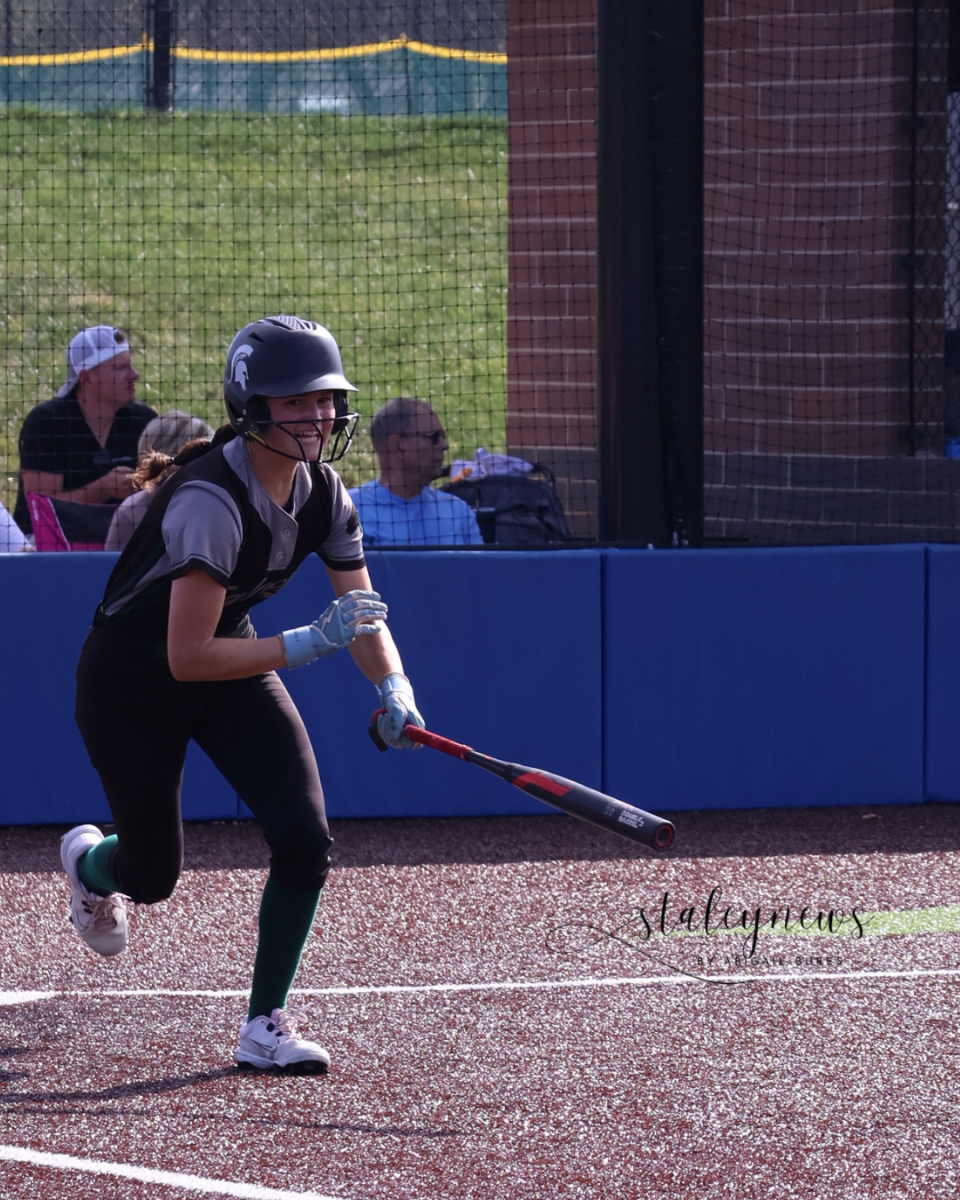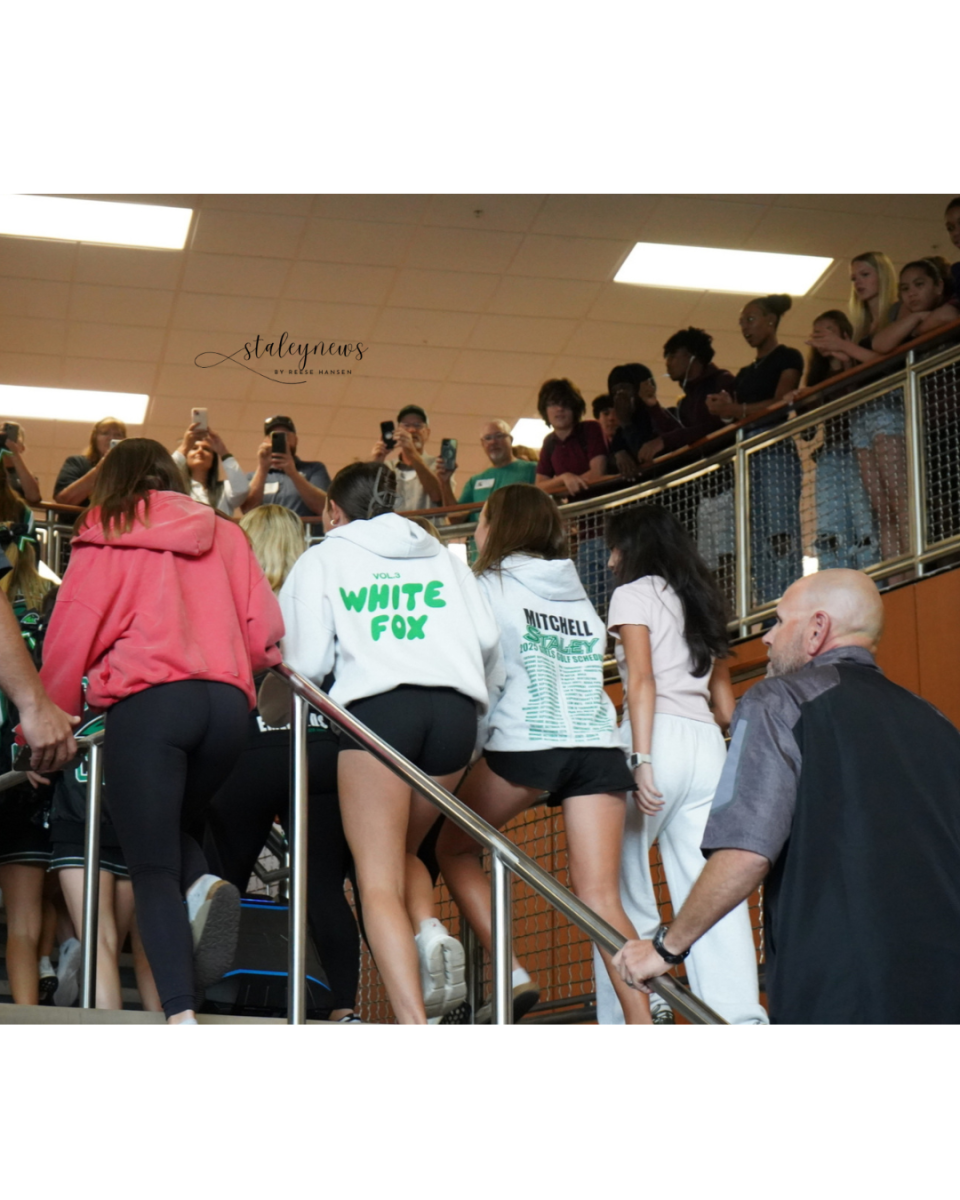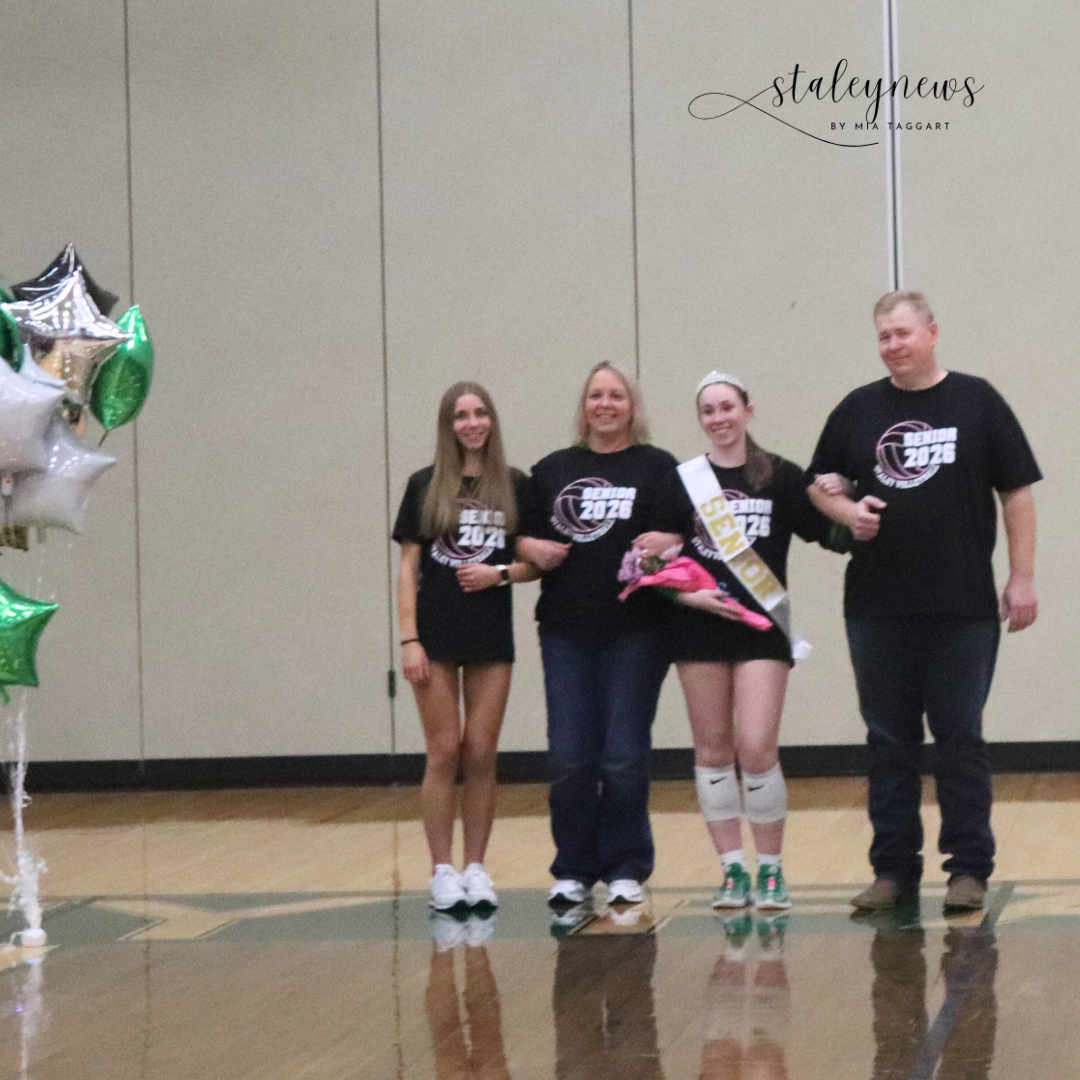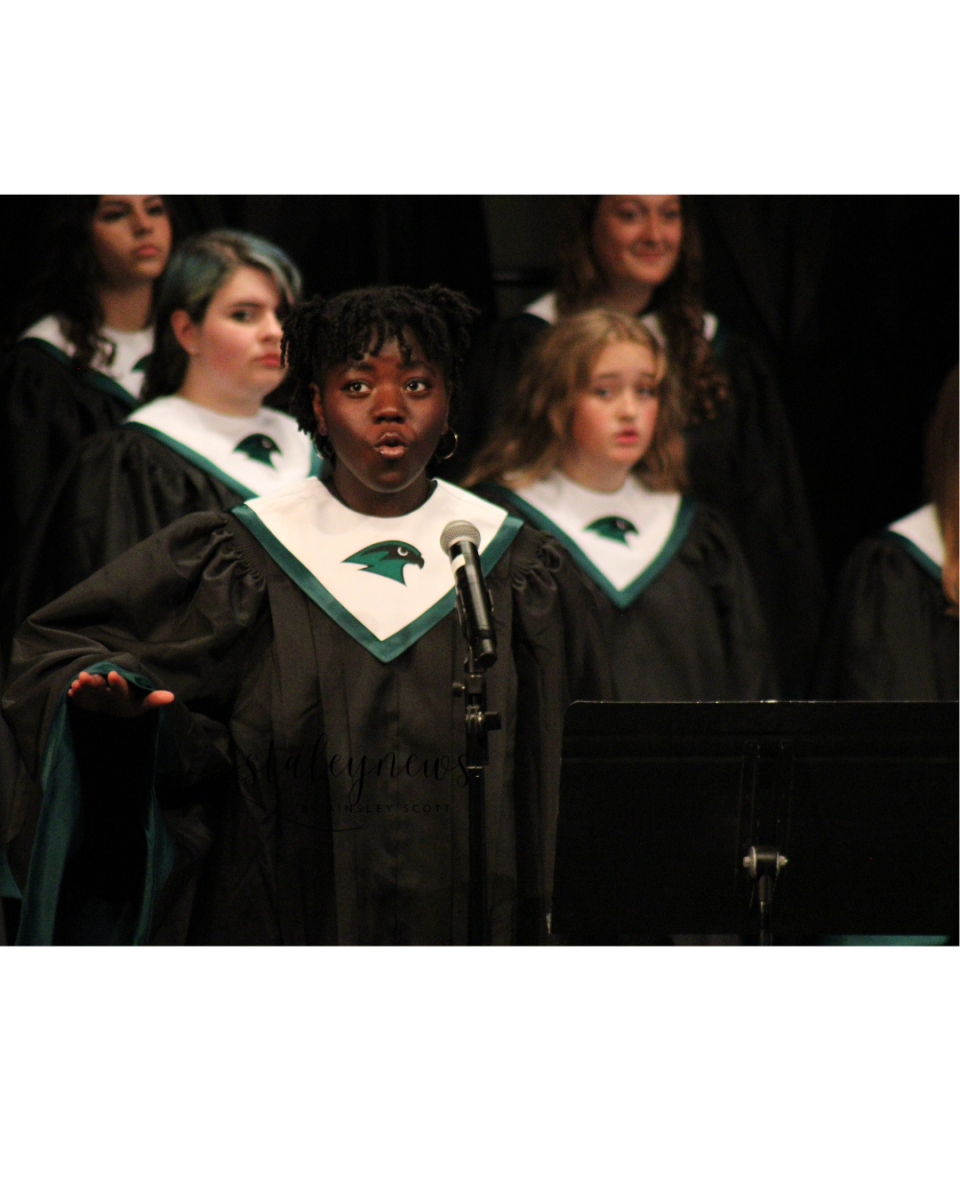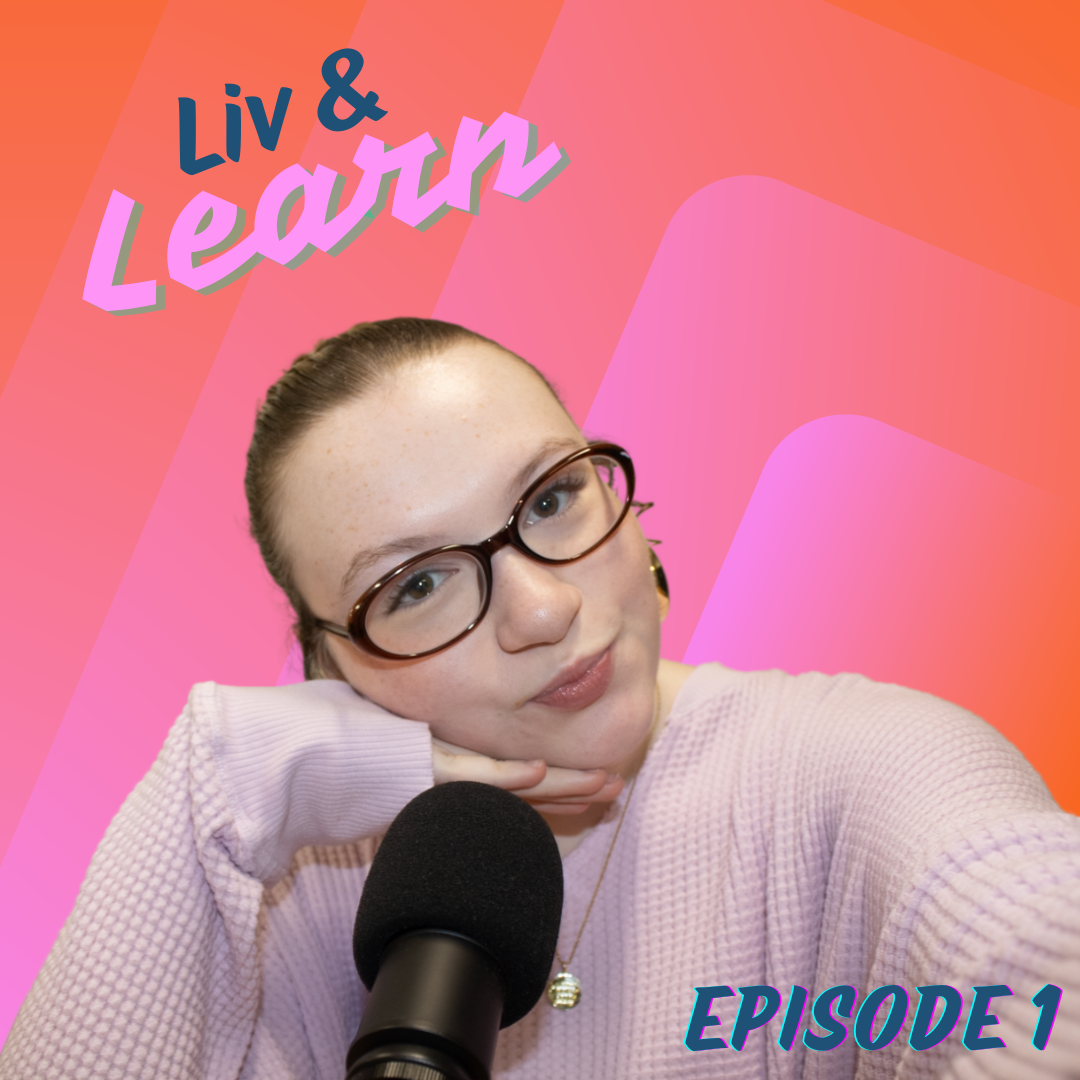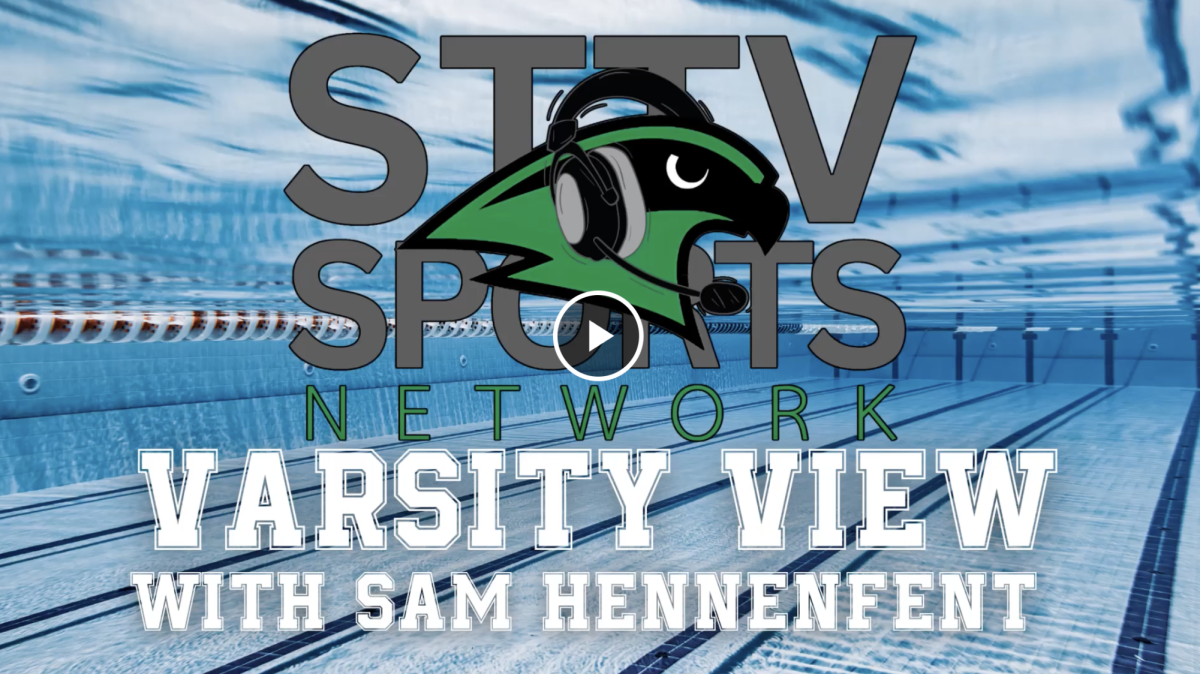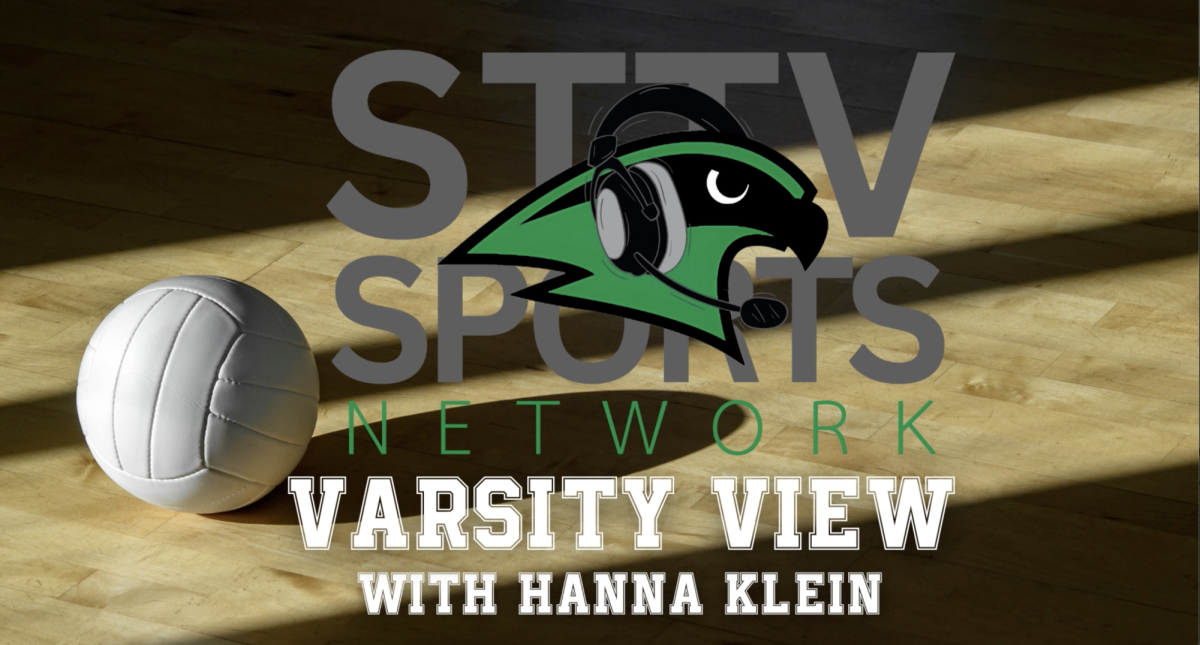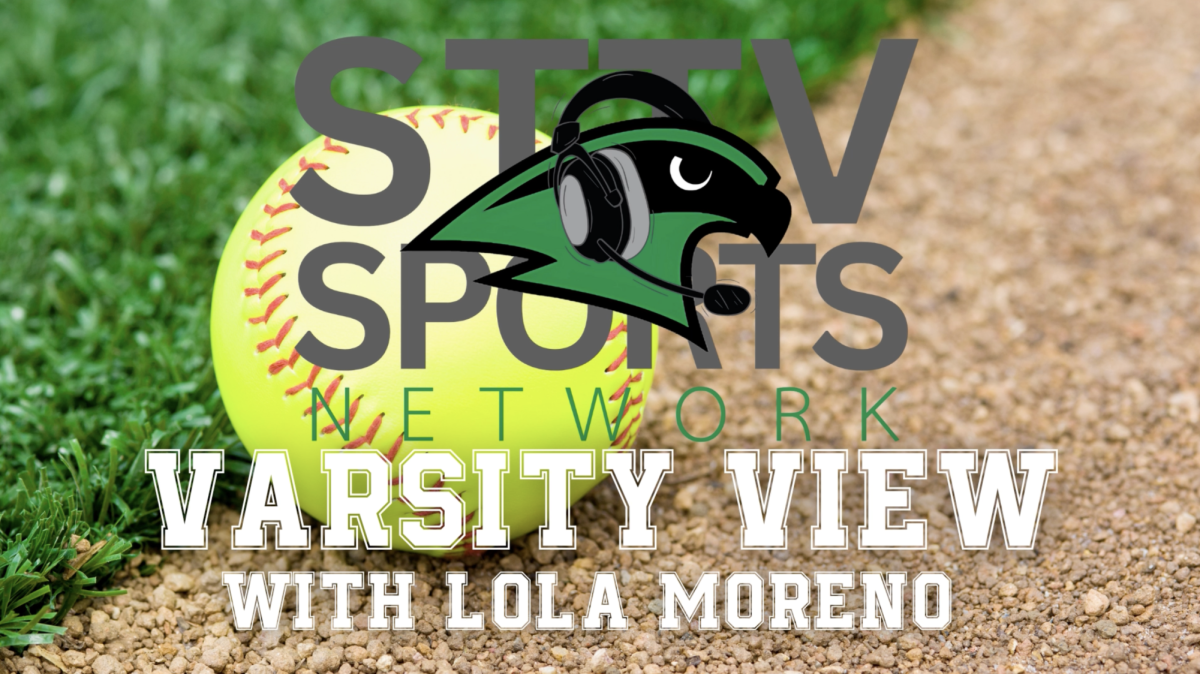As the rise of artificial intelligence continues, AI usage in daily life is more common than ever. Many of us have encountered AI in work, school, and other aspects of life. Generated emails, assistants such as Google’s Gemini or X’s Grok, to generated AI imagery.
At the end of March, Sam Altman, CEO of OpenAI announced the company’s new tool on X which allowed users to turn their photos into different art styles. One of these styles belonged to the popular animation studio Studio Ghibli. This sparked a popular trend throughout the month. The demand for this imagery became so high, Sam Altman reported ChatGPT’s servers were “melting” on March 27.
While the trend may seem harmless, many have questioned the ethicality of this art. As of late, quotes from an interview of Studio Ghibli’s co-founder Hayao Miyazaki from 2016 have resurfaced. “I am utterly disgusted. I strongly feel that it is an insult to life itself,” Miyazaki said in a clip on the Manhattan Project for A Nuclear-Free World’s youtube channel.
As an artist myself, seeing these big companies replicate in less than a minute Miyazaki’s work, which took years of practice and skill to create, is dreadful to say the least. It makes me wonder, what is the point of even trying to pursue art?
The main issue of AI generated imagery is copyright. These AI softwares are trained on the original creators work, in this case, Miyazaki’s. John McGhee, a professor of 3D Visualisation within the Faculty of Arts, Design and Architecture at The University of New South Wales, was quoted by ABC Australia to have said, “If it’s not being curated, it’s not representative of the brand of the original artist that generated them.”
Another concern when it comes to these AI image trends is the amount of waste produced in order to create these images.
According to one non-peer-reviewed study led by researchers at UC Riverside, they estimate that training GPT3 in Microsoft’s state-of-the-art U.S. data centers could potentially have consumed 700,000 liters (184,920.45 gallons) of fresh water. This consumption of water is used to cool servers down, even though water is already scarce in our world as it is.
A point to note about the overconsumption of resources of generative AI art comes back to Miyazaki. Studio Ghibli has used many of its movies to educate the masses about the environmental impacts, with films such as “Nausicca” and “Princess Mononoke.” The fact that Miyazaki has spent his life building stories to help educate on the environmental impacts of humans only for his brand image to be used for one of modern day’s most wasteful practices is disgusting.
Art is a reflection of the human experience. Artists relay their emotions in their pieces, Miyazaki is only one of those people. What happens when all artistic media become computer generated, how is that a reflection of the human experience? I want to see people’s emotions, conflicts and dreams in their work, not the soulless line work of a robot. If this is the future of art, I don’t want it.
The next time there’s a popular AI trend on social media, step back and understand the damage it does to artists.

